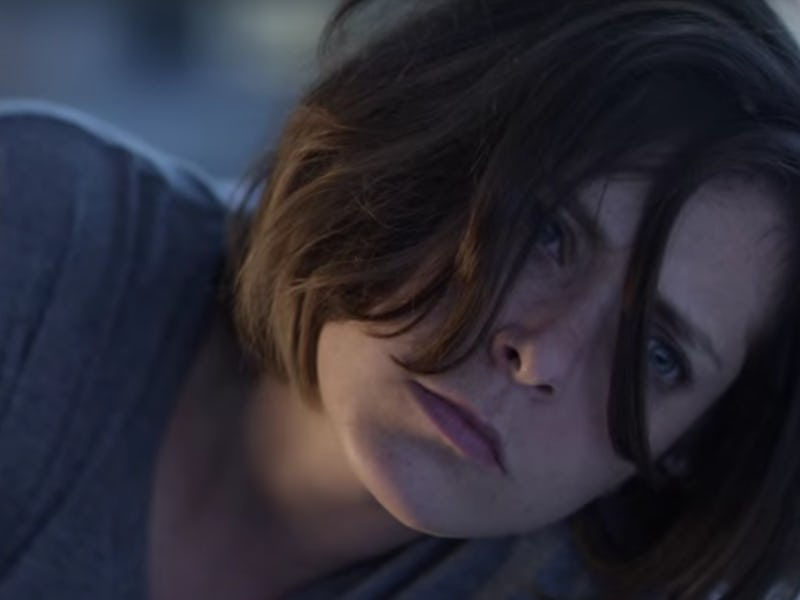Delusion and Joy on 'Crazy Ex-Girlfriend'
Everyone on the CW's critical hit is in denial. So where does that leave its audience?

The CW’s surprise critical hit Crazy Ex-Girlfriend is as stylistically deceptive as its California setting. Characters often reference how close their town, West Covina, is to the beach, but as the plot progresses, their estimates get larger and larger. First it’s “West Covina, near the beach”, then “West Covina, two hours from the beach,” then it’s “West Covina, four hours from the beach, if there’s traffic.”
Though the show purports to be about one “crazy” woman Rebecca (Rachel Bloom) who is obsessed with her high school ex-boyfriend (Vincent Rodriguez III), its audience eventually realizes that the show is about everyone’s personal delusions and made-up internal narratives, and that West Covina is nowhere near the beach at all. The storytelling on Crazy Ex-Girlfriend is sly, so it’s no surprise that it was originally developed for a run on Showtime. The sets and costumes may all be candy-colored, but whatever is happening inside the heroine’s psyche is rather dark. When Rebecca is outdoors, she wears jewel tones and sings with that particular, soaring tone of voice that every girl you ever knew to be into musical theater used.
When she’s home alone, in her largely unfurnished apartment, Rebecca’s face is most often lit only by the television. She wears a robe, stares at her phone, and eats junk food. She’s more than “full Cathy cartoon,” as she calls it, but is no-kidding manic depressive. Watching her is draining, but it’s somehow not a chore.
We learn in episode four that Rebecca’s IQ is 164, and that she grew up with a mother who called her “selfish, dramatic, weird, and terrible”. In the same episode, she tries twice to bring a stranger home for sex, and she can’t figure out why both instances leave her feeling uncomfortable. Each of Rebecca’s musical numbers are often attempts to fit into a feminine ideal which she deems more acceptable than a “crazy ex”, which she refuses to call herself. In alternating turns, she fails as a tap dancer in black and white, a rap video girl, an infantilized bi-curious teen at a sleepover.
When other characters join her for a musical number, they’re either enabling her delusions or countering with one of their own. Rebecca’s coworker tells her that she’s not “crazy”, but is instead “in love.” She joins Rebecca in a reprise of an earlier song to confirm that “love” and “crazy” are two separate things. Though the audience doesn’t believe them, their harmonies are so entrancing that we feel ready to watch where their hallucinations will lead them.
When Josh’s friend hopes to woo Rebecca into a date with him, distracting her from her obsession with Josh, he does so in song, signifying both that the date is a bad idea, and that the delusion that it might go well is one both characters share. Lyrics include “if he’s your broken condom / I’m your plan B”. The show unites characters in denial by pairing them musically. The artifice becomes second nature to the show, which chugs along despite each interlude being a departure from, and not a furthering action for, the plot. Though every character seems oblivious to something, they interact in a cohesive whole.
How can a show remain watchable if everything the lead characters say they want is misguided, and all of their dreams are almost definitely not going to materialize? Aside from all its swipes at pop culture and bug-eyed facial expressions, Crazy Ex-Girlfriend is about the lies we tell ourselves to get by: whether or not the pursuit of happiness is going to pan out, whether love means settling for someone easy, and whether or not we’re good people in the end. Sometimes the search for answers feels like a manic musical number with a marching band, and as the show illustrates, sometimes it feels like watching a butter commercial at 3 a.m. Crazy Ex-Girlfriend is committed to portraying both bliss and misery. So far it’s working.